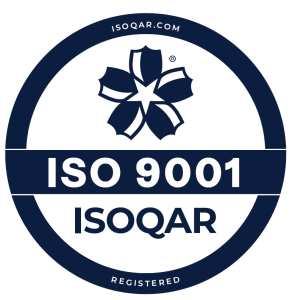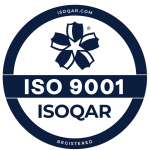CONVEYOR
BELTING

We carry a wide range of conveyor belting in stock for immediate delivery.
If you’re working to a challenging budget, we also supply cost-effective, superb quality used conveyor belts. These are all examined by our experienced staff to ensure they only have light wear to them, otherwise we don’t supply them.
Our main range of belting is rubber based with a number of plies dependent on thickness, however we also offer a wide range of belting in other materials as listed below.
We supply belting in rolls, strips, cut gaskets, pads and also offer a vulcanising and joining service for endless belts.
We offer belting in the following styles.
- Rubber Belting
- Chevron Belting
- PVC Belting
- Polyurethane Belting
- Friction Back Belting
- Grip Top Belting
- Inclined Belting
- V Belting
- Food Conveyor Belting
- Elevator Belting
How is conveyor belting made?
Conveyor belts are typically made up of several layers of material, including a base layer, a reinforcement layer, and a cover layer. The exact construction of a conveyor belt can vary depending on its intended use, but here is a general overview of the manufacturing process:
Base layer: The base layer is typically made of rubber, PVC, or another similar material. This layer provides the foundation for the rest of the belt and helps to give it the necessary strength and flexibility.
Reinforcement layer: The reinforcement layer is usually made of fabric or steel cord. It is embedded in the base layer to add tensile strength to the belt and prevent it from stretching or breaking under heavy loads.
Cover layer: The cover layer is the top layer of the belt, and it protects the belt from wear and tear. It can be made of a variety of materials depending on the specific application, such as rubber, PVC, or polyurethane.
Bonding: The layers of the belt are bonded together using heat and pressure. This ensures that the belt is strong and durable.
Cutting and finishing: Once the belt is complete, it is cut to the desired length and width. It may also be finished with additional features such as cleats or sidewalls, depending on the intended use.
Quality control: Finally, the conveyor belt is subjected to rigorous testing to ensure that it meets the required specifications for strength, durability, and other performance characteristics.
Overall, the manufacturing process for conveyor belts is a complex and precise process that requires careful attention to detail and quality control at every step.
Information Request
Simply give us a call or fill in the enquiry form below and one of our experts will give you all the advice and guidance to meet your requirements.
Q: What is Conveyor Belting?
A: Conveyor belting, also known as a rubber conveyor belting or rubber conveyor, is a type of product used for transporting bulk materials or packaged goods in various industries.
Q: What are the popular applications of Conveyor Belting?
A: Conveyor belting is popularly used in industries such as mining, cement production, logistics, recycling, and many others where the transportation of bulk materials or packaged goods is required.
Q: What is the structure of Conveyor Belting?
A: Conveyor belting typically consists of a rubber top cover, a carcass made of various materials like fabric or metal, and a bottom cover. The structure can vary based on the specific type and application of the conveyor belt.
Q: What are the different types of Conveyor Belting offered by PTM?
A: PTM offers various types of conveyor belting, including standard rubber conveyor belting, modular conveyor belting, quarry conveyor belting, and heavy-duty conveyor belting, among others.
Q: Is Conveyor Belting suitable for contact with chemicals?
A: Yes, depending on the specific chemical resistance properties of the conveyor belt chosen, it can be suitable for contact with various chemicals commonly found in industries.
Q: What are the industries that use Conveyor Belting?
A: Conveyor belting is used in a wide range of industries, including but not limited to mining, cement production, logistics, recycling, metal and glass industries, and transportation of bulk materials in general.
Q: How can I repair Conveyor Belting if it gets damaged?
A: In case of damage to the conveyor belting, PTM can provide repair services and spare parts to ensure uninterrupted operation of your conveyor system. You can reach out to their dedicated conveyor shop for assistance.
Q: Are Conveyor Belts used for transporting coal?
A: Yes, conveyor belts are commonly used for transporting coal in.



